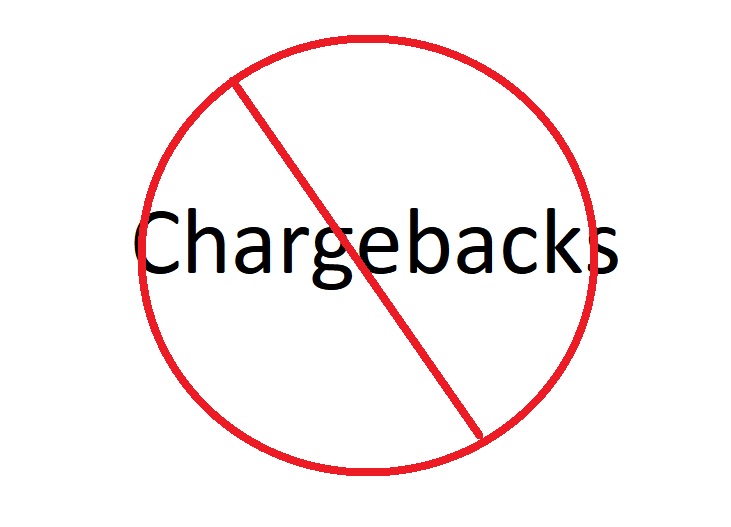I don’t need to tell you that not every sale is final. You probably have your share of customers coming back to the store with products that they aren’t happy with for one reason or another, and most of the time, you refund their money. When you process a transaction with a payment card, though, the customer may not go directly to you for a refund. The Fair Credit Billing Act gives consumers the right to initiate “chargebacks” to dispute billing errors, unauthorized charges, or, in some cases, problems with the quality or delivery of goods or services that they received.
Steps in the Chargeback Process
When a customer sees a charge on a payment card statement that they believe shouldn’t be there, they can initiate the steps of a chargeback process:
- They contact their card-issuing bank to request that the charge be removed.
- The issuer contacts the acquiring back to take the funds out of the merchant’s account.
- The acquirer notifies the merchant of the chargeback, and the merchant can either accept the loss or submit evidence that they made the charge legitimately.
- The acquirer reviews the evidence and decides whether the chargeback is valid based on the evidence.
- The issuer can accept the acquirer’s decision not to chargeback based on the evidence or to stand by the initial customer compliant.
- If the decision favors the merchant, the customer may take further action.
It’s pretty important to recognize that when you fight a chargeback the deck may be stacked against you. If a consumer says they didn’t make a charge or they never received orders or services that were agreed upon, it’s up to you to prove they did. That means sorting through records, finding documents or reports, or whatever else it takes to show you kept your end of the deal. If you invest that time but still lose the dispute, you don’t get the revenue from the sale, you lose the products or services you sold, and you probably will have an administrative fee from the acquiring bank.
If you’ve had a chargeback, you know one can be an annoyance. However, a lot of them can put you out of business. Card brands have chargeback ratios that you need to stay under — if you don’t, you can lose your ability to process credit cards, which could make it impossible to operate your business.
How to Prevent Chargebacks
You aren’t defenseless against chargebacks, but you have to understand why they occur and minimize those risks. For example, an employee could have made a mistake that resulted in charging the customer incorrectly or charging them twice. If you find that chargebacks are the result of employee errors, you may need to take some time to retrain your team.
Fraud is another reason for chargebacks. When a transaction is made with a counterfeit or stolen card, the account holder will alert their bank to get the money back. One of the best defenses you have is an EMV-compliant payment solution. The chip in the EMV card communicates with the issuing bank, helping to authenticate the transaction and to stop it if the card is stolen. And, if the card is counterfeit, the chip won’t work. If you don’t have EMV-compliant technology, you won’t have a defense in this type of chargeback, and you’ll definitely take the loss.
Sometimes the customer will have “buyer’s remorse” or will try to get their money back for illegitimate reasons. In this case, you need to weigh the time and expense of fighting the chargeback with the amount of the sale. You should make your policies clear to your customers about returns or refunds to minimize this type of dispute.
If you’re getting bogged down dealing with chargebacks, call us to discuss options you have to update your technology, records management, policies, or procedures. We’re always ready to help.

